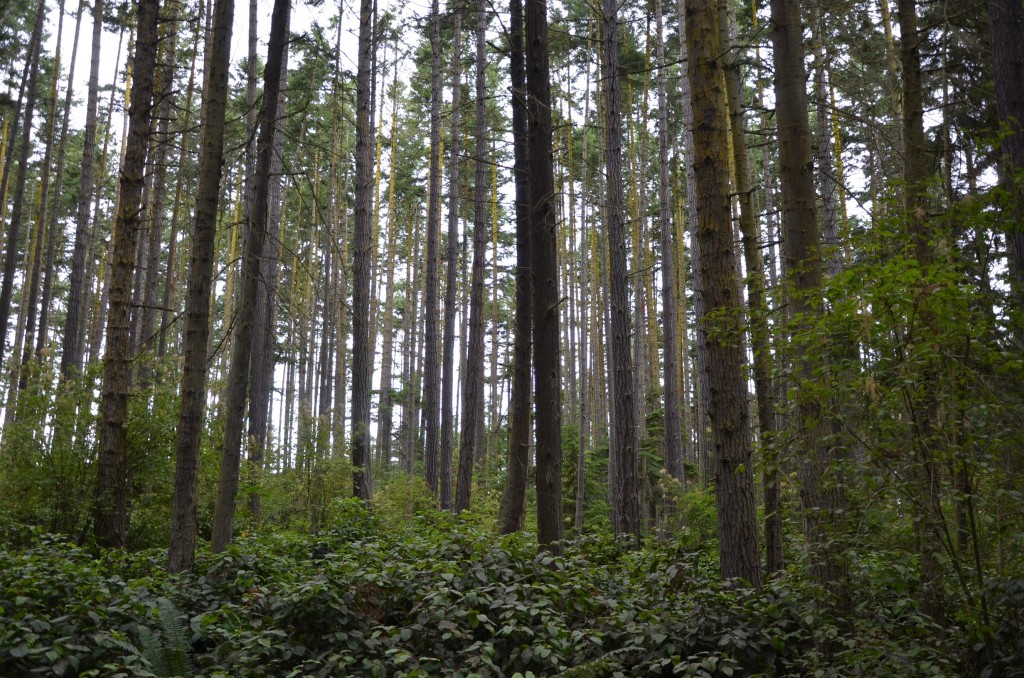“Thanks to the migration of threes, the forest is constantly changing. And not just the forest – all of Nature. And that’s why so many human attempts to conserve particular landscapes fail. What we see is always a brief snapshot of a landscape that only seems to be standing still. The illusion is almost perfect in the forest, because trees are among the slowest-moving beings with which we share our world and changes in the natural forest are observable only over the course of many human generations. One of these changes is the arrival of new species.”
“Giant hogweed is considered extremely dangerous because its sap, in combination with ultraviolet light, can burn human skin. Every year, millions are spent digging up plants and destroying them, without any great success. However, hogweed can spread only because the original forested meadow along the banks of rivers and streams no longer exist. If these forests were to return, it would be so dark under the forest canopy that hogweed would disappear. The same goes for Himalayan balsam and Japanese knotweed, which also grow on the riverbanks in the absence of the forests. Trees could solve the problem if people trying to improve things would only allow them to take over.“
That last sentence is certainly true for much more than the problem of invasive plants. What would life be like if I (and you? we?) would leave things alone to a greater extent than I do? And how to know when me trying my hardest to improve things is truly beneficial, and when it is not?
Inspired to continue blogging on the theme from the #blogg100-challenge in 2017 I give you:
The book “The hidden life of trees” by Peter Wohlleben.